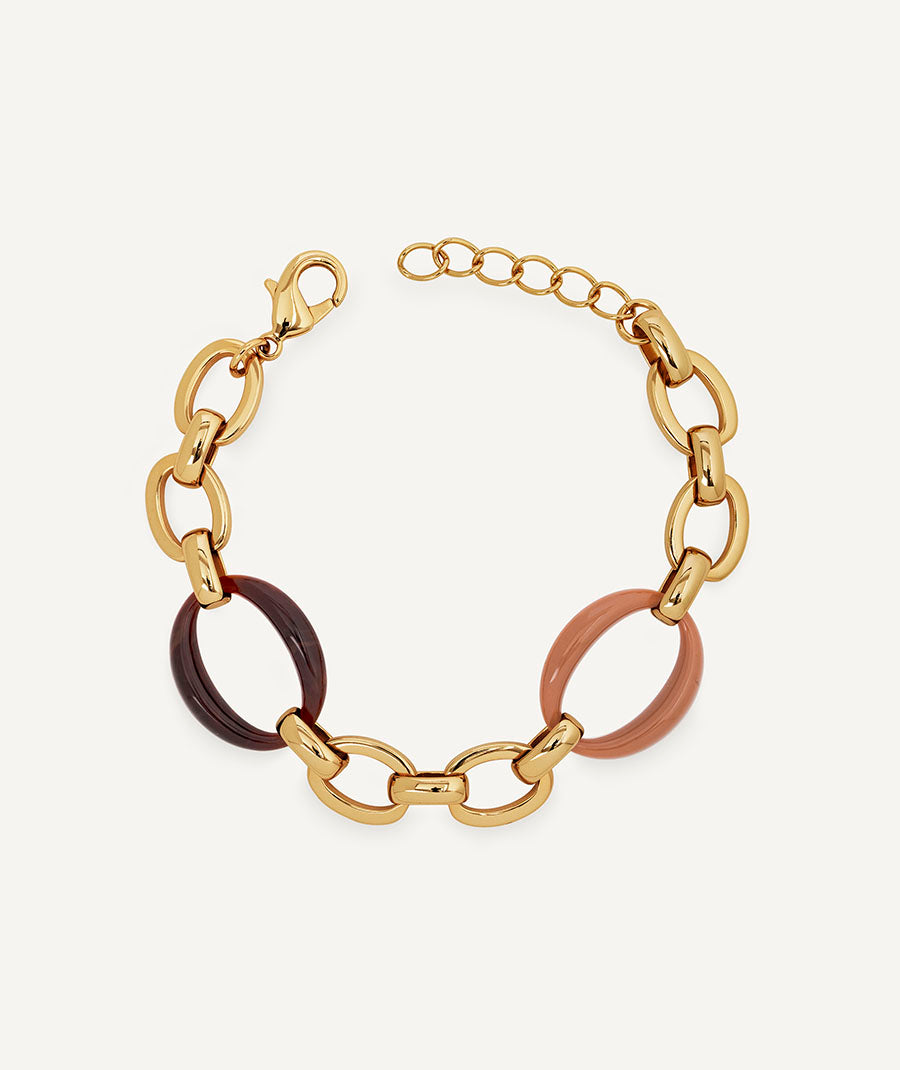If you’ve ever wondered about the difference between “plated” and “electroplated,” it refers to the amount of gold, silver, platinum, rhodium, or other precious or semi-precious materials used to coat a metal. For your peace of mind, at VIDAL & VIDAL we only work with high-quality platings with thicknesses greater than 1 micron, traditionally called “electroplated,” which has always been synonymous with higher quality.
What is a plated or electroplated piece?
As mentioned, “plating” or “electroplating” is a process by which a metal (such as brass or bronze, and even silver) is coated with a more valuable one like gold, silver, platinum, or other precious or semi-precious metals depending on the need. Because this is the final process applied to a piece, the outer appearance of the jewelry will vary depending on the plating we use.
There are different types of platings or electroplatings:
Silver plating / electroplating
Pieces to which a coating of 925 silver (sterling silver) is applied.
18 kt gold plating / electroplating
Pieces to which an 18 kt gold coating is applied. It can have different color tones such as yellow, rose, etc.
Rhodium plating / electroplating
Pieces to which a rhodium coating is applied. Rhodium is a precious metal, like gold or platinum. It is slightly darker than silver and is used on pieces that include white cubic zirconia because it enhances their brilliance.
Platinum plating / electroplating
Pieces to which a platinum coating is applied. Platinum is a precious metal, like gold or rhodium. It is widely used in fine jewelry to finish pieces with diamonds. This is the finish we give to our Signature collection. Remember that plating has nothing to do with the material of the piece’s core. We explain this in the next post.

Spanish law does not specify a minimum thickness that must be applied to each piece of jewelry to be called “plated” or “electroplated,” so coating quality can vary according to each brand or manufacturer’s criteria. Thus, even if two pieces look exactly the same, their thickness will determine how long the coating lasts: the thinner it is, the less durable.
We are proud to be manufacturers because we can maintain absolute control over the thickness and quality we give each piece. We can assure you that we inspect every piece, one by one, to ensure its finish is impeccable.
What’s the difference between “Gold Electroplated” and “Gold Plated”?
At a glance, nothing. Remember that a piece’s appearance only shows the last metal layer we’ve applied: the human eye cannot tell how many microns of gold or silver a piece has. But as we’ve seen, a piece with a coating equal to or greater than 1 micron is considered electroplated — which is the case for 100% of our jewelry.
So, what does “Plated” mean then?
“Plating” simply indicates the sequence of dipping a piece through several processes to achieve the desired finish.
Then when do we call it “Electroplated”?
This term is associated with a higher-quality concept regarding coating thickness and piece durability — which is the case for all our “plated” pieces. Brands like ours that have in-house manufacturing are very familiar with industrial production processes; we continue to internally refer to our jewelry’s finish as “electroplated.”



